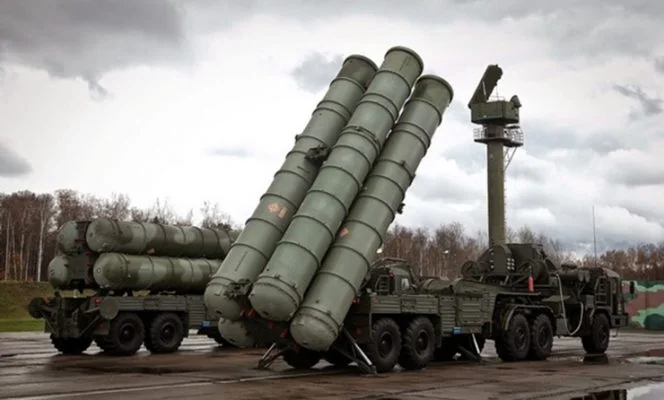New Delhi: The Ministry of Defence has selected an Indian firm to establish a Maintenance, Repair, and Overhaul (MRO) facility for the S-400 air defence system, officially named ‘Sudarshan Chakra’ in Indian service, marking a significant step toward self-reliance in advanced military technology.
This decision follows the crucial role played by the S-400 systems in neutralising Pakistani drones and missiles that targeted more than 15 Indian cities in retaliation for Operation Sindoor, which India launched in May after a terror attack in Pahalgam.
The S-400 systems, manufactured by Russia’s Almaz-Antey and among the most advanced air defence platforms globally, are capable of tracking up to 300 targets simultaneously at ranges up to 600 km and intercepting threats at distances up to 400 km. In the recent conflict, these systems were instrumental in intercepting and destroying multiple aerial threats, including drones and missiles, thus protecting key military installations across northern and western India.
The plan to set up an MRO facility had been under consideration for some time but was expedited after Operation Sindoor due to the S-400’s demonstrated effectiveness. The selection process for the Indian firm involved several phases of security clearance and capability assessment. The facility will be established in collaboration with Almaz-Antey, ensuring technology transfer and adherence to operational protocols. The move is considered a landmark achievement under India-Russia military technical cooperation and aligns with the government’s ‘Make in India’ initiative.
It is expected to reduce dependence on foreign support, enhance operational readiness, and help India overcome challenges posed by international sanctions and supply chain disruptions. Currently, India has three operational S-400 systems, with two more scheduled for delivery by 2027. The S-400, named after the mythological weapon of Lord Vishnu, is now a cornerstone of India’s integrated air defence network, providing a robust shield against a wide spectrum of aerial threats.




